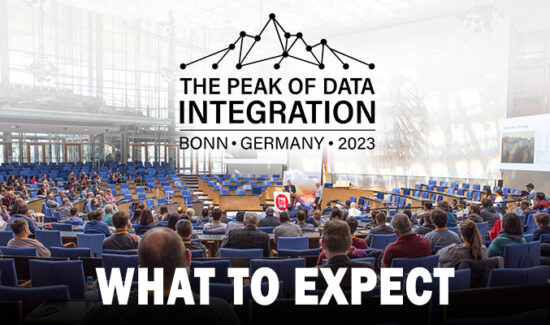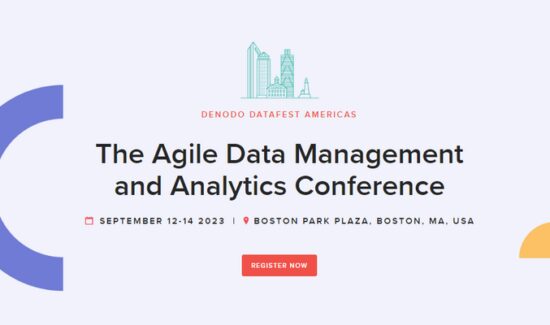DI at Crossroads as Internet of Things Boom Looms

 David Linthicum, SVP at Cloud Technology Partners wrote an interesting post for Perspectives, Informatica’s blog recently entitled “Internet of Things (IoT) Changes the Data Integration Game in 2015.” I found it interesting, so I thought I would summarize and provide my own thoughts. The author makes the observation that with the prominence of Big Data and the progression of cheap cloud and on-premise storage, we now have the ability to store sensor and machine data from millions of products, ranging from airliners to Linthicum’s own example; his Bluetooth toothbrush.
David Linthicum, SVP at Cloud Technology Partners wrote an interesting post for Perspectives, Informatica’s blog recently entitled “Internet of Things (IoT) Changes the Data Integration Game in 2015.” I found it interesting, so I thought I would summarize and provide my own thoughts. The author makes the observation that with the prominence of Big Data and the progression of cheap cloud and on-premise storage, we now have the ability to store sensor and machine data from millions of products, ranging from airliners to Linthicum’s own example; his Bluetooth toothbrush.
He uses the example of a jet engine with connected sensors being able to warn that something is wrong, giving the pilot a chance-of-failure rate numerically, as opposed to the traditional engine light that many of us are familiar with. The coming boom in the manufacture of products with these kinds of sensors will create an almost immeasurable amount of data, and Data Integration tools need to evolve in order to stream that data to companies in real-time.
Consumer products will also be subject to these technologies, with even more devices having either some type of sensor or GPS location tracking capabilities installed within it. Linthicum explains that none of this technology has the chance to work if the data can’t be successfully transferred from the product to the place where it will be monitored, refined, and analyzed.
He then highlights the two things that those moving to IoT systems must do:
- “They must create a strategy for extracting data from devices, such as industrial robots or an Audi A8.”
- “They need a strategy to take all of this disparate data that’s firing out of devices at megabytes per second, and put it where it needs to go, and in the right native structure (or in an unstructured data lake), so it can be leveraged in useful ways, and in real time.”
In addition, the author makes an intriguing point, saying: “The challenge is that machines and devices are not traditional IT systems. I’ve built connectors for industrial applications in my career. The fact is, you need to adapt to the way that the machines and devices produce data, and not the other way around.” Data Integration solutions also need to be able to execute data that flows in real-time as well, as it moves from the device to the database. The entire issue with the Internet of Things is that the vast majority of the data it generates is created in real-time, and needs to be analyzed in that way if integration solutions are going to do be of any help.
In closing, he talks about the opportunities that will arise from the IoT in the near future. DI solutions providers must understand the needs of the IoT in conjunction with those who build the systems. If that happens, DI software solutions will enable businesses provide better service to their customers than ever before on the back of insights that were once never possible.
Linthicum provides some important and useful insights here. As the IoT grows, so will the importance of DI to ensure that businesses make the correct decisions. These new technologies will let each individual item be an agent of itself, providing real-time performance updates to the manufacturer, effectively cutting out the middle man (the user) from having to report to the manufacturer if there is an issue. This technology has the chance to make for happier users, fewer maintenance hours, and increased revenues. Products that were never considered technical in nature are now involved in this Internet of Things.
Widget not in any sidebars






















